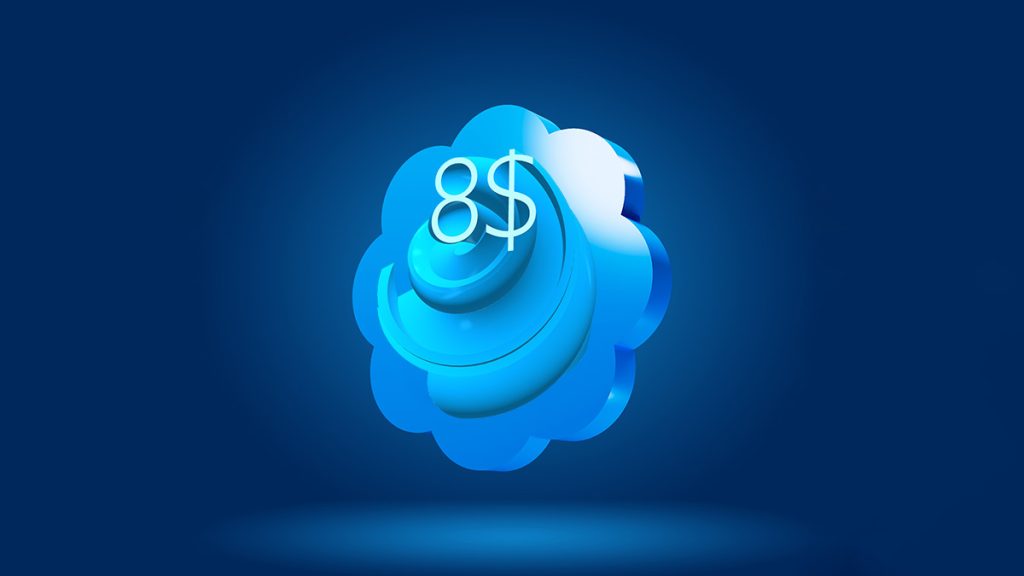
Twitter recently introduced a revamped new Twitter checkmarks , referred to as the “Twitter Blue Check Verification.” The process enables users to apply for the coveted blue checkmark next to their name, indicating their account is authentic and belongs to a public figure, celebrity, or brand. In the new system,
- Twitter considers six factors to determine whether an account is eligible for verification, such as account completeness, activity, and notability.
- This decision came after Elon Musk questioned the verification system’s validity, stating that blue checkmarks were being awarded to unworthy accounts. While the new system has been met with mixed reactions, Twitter hopes it will help maintain the platform’s credibility and authenticity.
Everyone is getting verified. It is definitely an exaggeration but that is what the new Twitter verification policy feels like. What was before a way to ensure that this account belongs to a celebrity or an influential figure, is now a feature you can buy. Understanding the various new verfication checkamrks can be tricky, but this article will help you figure it out.
Old Blue Check
A blue checkmark used to signify an account was active, notable, and authentic—it meant a person was who they said they were, and important enough to require their identity to be verified, rather than just being someone with $8 a month spare. These checkmarks are still present, though it is unclear how long they will be: When you click or press on an old blue checkmark, you’ll get a notification saying it’s a “legacy verified account” that “may or may not” be noteworthy.
New Blue Checkmark
Twitter recently changed the behavior of New Twitter Checkmarks . They now highlight that an account is paying $8 monthly for the additional Twitter Blue capabilities, is complete (with a display name and photo) and is actively active (posting in the previous 30 days). It is complete (with a display name and photo), actively active (posting in the last 30 days) and has a registered phone number. That’s all: It doesn’t necessarily imply that the account is notable or trustworthy, so evaluate the tweets it sends accordingly.
Official Labels
Official labels—the term “official” and the outline of a little gray checkmark—are granted to “commercial companies including business partners, major brands, media outlets, and publishers,” according to Twitter’s documentation. However, based on what we’re seeing from the micro-blogging platform itself, these labels appear to have been dropped, with either gold or grey checkmarks indicating the nature and types of the accounts instead.
Gold Checkmark
The former blue checkmarks were also used to validate corporate accounts.; Presently, these accounts receive a gold checkmark and a square profile image instead. Twitter describes the designation as showing “an official business account,” and an $8-per-month subscription to Twitter Blue (in this case, the business edition) is necessary. You should know when you’re tweeting to the correct firm.
Other Labels
There are two more labels to discuss: state-affiliated media labels and government labels, both of which display gray text beneath account names.
These appear on verified accounts of politicians, for example, indicating which party they represent; you’ll also see them on “certain state-affiliated media entities and individuals closely associated with those entities” to provide context for the news being reported.
Bottom Line
Musk pointed out that he is aiming to offer Twitter users equality by introducing these subscriptions. Yet the more you dive into it, such a move can have an undesired effect on credibility. The old verification system made these accounts credible, now with payments involved, is Twitter introducing different levels of credibility?